Can You Have A Camera Outside Your House?
In today's world, security is a paramount concern for homeowners. With the rise in crime rates and the increasing need to protect one's property, many people are turning to technology for solutions. One of the most popular and effective methods of enhancing home security is the installation of cameras outside the house. However, this decision comes with a myriad of questions and considerations. In this article, we will explore the various aspects of having a camera outside your house, including legal considerations, privacy concerns, types of cameras, installation tips, and the benefits of outdoor surveillance.
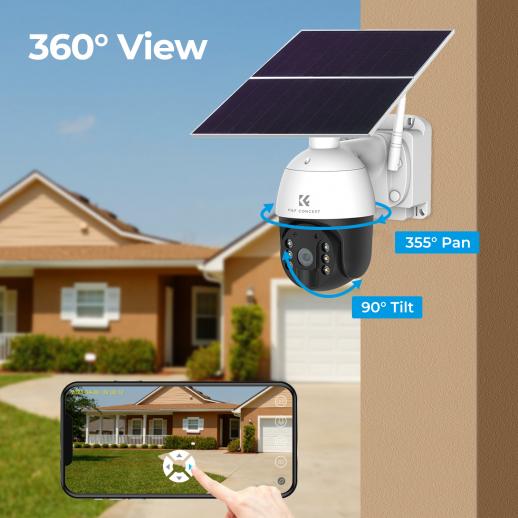
Legal Considerations
Before installing a camera outside your house, it is crucial to understand the legal implications. Laws regarding surveillance cameras vary by country, state, and even local jurisdictions. Generally, it is legal to install security cameras on your property, but there are some important caveats to keep in mind:
1. Public vs. Private Property: You have the right to install cameras on your property, but you cannot point them at areas where people have a reasonable expectation of privacy, such as a neighbor's backyard or inside their home.
2. Audio Recording: In many places, recording audio without consent is illegal. If your camera has audio recording capabilities, you may need to disable this feature or inform visitors that they are being recorded.
3. Notification: Some jurisdictions require you to notify people that they are being recorded. This can be done by placing visible signs indicating the presence of surveillance cameras.
4. Homeowners Associations (HOAs): If you live in a community with an HOA, there may be additional rules and regulations regarding the installation of security cameras. Always check with your HOA before proceeding.
Privacy Concerns
While security cameras can provide peace of mind, they can also raise privacy concerns for you and your neighbors. Here are some tips to address these concerns:
1. Camera Placement: Position your cameras in a way that focuses on your property and avoids capturing unnecessary footage of your neighbors' properties.
2. Field of View: Use cameras with adjustable fields of view to ensure they only cover the areas you need to monitor.
3. Communication: Inform your neighbors about your security measures and reassure them that the cameras are for your property’s security and not for spying on them.
4. Data Security: Ensure that the footage captured by your cameras is stored securely and is only accessible to authorized individuals.
Types of Cameras
There are various types of cameras available for outdoor surveillance, each with its own set of features and benefits. Here are some common options:
1. Bullet Cameras: These are long and cylindrical cameras that are typically mounted on walls or ceilings. They are known for their durability and long-range capabilities.
2. Dome Cameras: These cameras are housed in a dome-shaped casing, making them less obtrusive and more resistant to tampering. They are ideal for monitoring larger areas.
3. PTZ Cameras: Pan-Tilt-Zoom (PTZ) cameras can be remotely controlled to pan, tilt, and zoom in on specific areas. They offer flexibility and comprehensive coverage.
4. Wireless Cameras: These cameras connect to your home’s Wi-Fi network, making installation easier and more flexible. However, they may require a strong and stable internet connection.
5. Wired Cameras: Wired cameras offer a more reliable connection and are less susceptible to interference. They are ideal for permanent installations.
6. Smart Cameras: These cameras come with advanced features such as motion detection, facial recognition, and integration with smart home systems.
Installation Tips
Proper installation is key to maximizing the effectiveness of your outdoor security cameras. Here are some tips to help you get started:
1. Choose the Right Locations: Identify the most vulnerable areas of your property, such as entry points, driveways, and blind spots. Install cameras in these locations to ensure comprehensive coverage.
2. Height and Angle: Mount cameras at a height that is out of reach for potential intruders but still provides a clear view of the area. The ideal height is usually between 8 to 10 feet.
3. Lighting: Ensure that the areas you are monitoring are well-lit. Consider using cameras with night vision capabilities for low-light conditions.
4. Weatherproofing: Outdoor cameras should be weatherproof to withstand various environmental conditions. Look for cameras with an IP rating of at least IP65.
5. Power Supply: Ensure that your cameras have a reliable power source. For wired cameras, this may involve running cables through walls or using power over Ethernet (PoE). For wireless cameras, ensure that the batteries are regularly charged or replaced.
6. Testing: After installation, test your cameras to ensure they are functioning correctly and providing clear footage. Adjust the angles and settings as needed.
Benefits of Outdoor Surveillance
Installing cameras outside your house offers numerous benefits, including:
1. Deterrence: The presence of visible security cameras can deter potential intruders and reduce the likelihood of criminal activity.
2. Evidence Collection: In the event of a crime, security camera footage can provide valuable evidence for law enforcement and insurance claims.
3. Remote Monitoring: Many modern cameras offer remote access, allowing you to monitor your property in real-time from anywhere using a smartphone or computer.
4. Peace of Mind: Knowing that your property is being monitored can provide peace of mind and a sense of security for you and your family.
5. Enhanced Safety: Outdoor cameras can help you keep an eye on deliveries, visitors, and any unusual activity around your home.
In conclusion, having a camera outside your house can significantly enhance your home security and provide peace of mind. However, it is essential to consider the legal implications, address privacy concerns, choose the right type of camera, and ensure proper installation. By taking these factors into account, you can create a robust and effective surveillance system that protects your property and loved ones. As technology continues to advance, the options for outdoor security cameras will only improve, offering even more features and capabilities to help you safeguard your home.



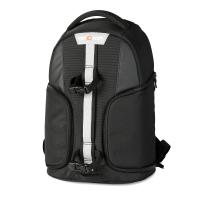
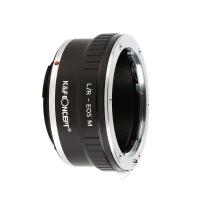

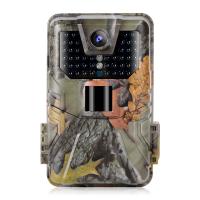
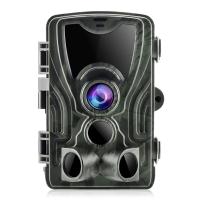

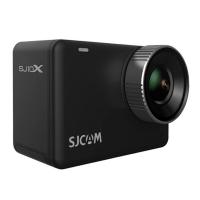

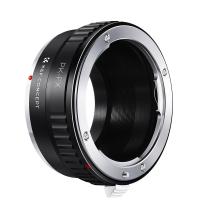
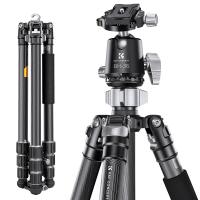

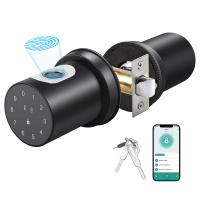
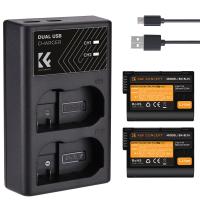
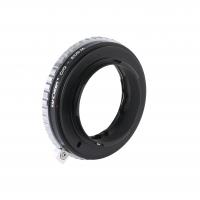
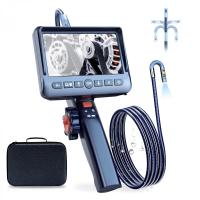
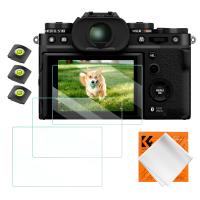




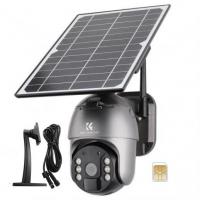


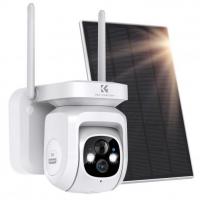


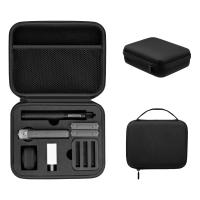


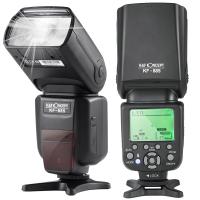
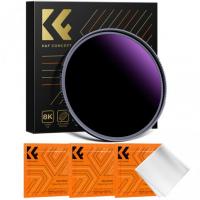
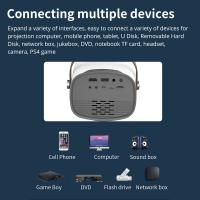

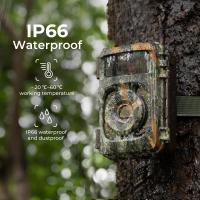
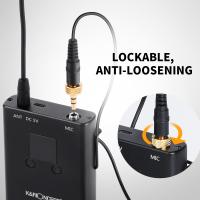
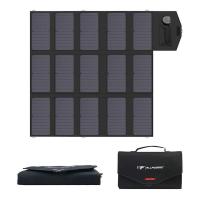

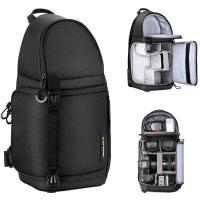
There are no comments for this blog.